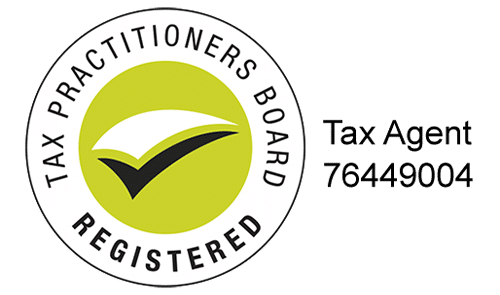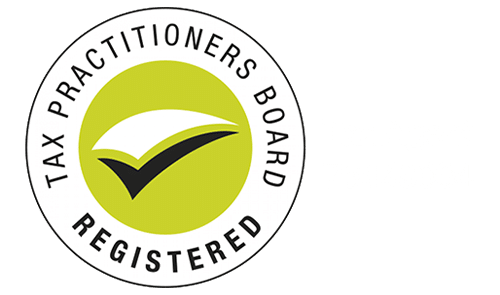The Art of Listening

What happened to looking at someone, paying attention to what they are saying? Letting the other person continue without interrupting them or jumping to conclusions. It seems like we may be losing the art of communication, but it may not be too late to be saved!
The other day I came across a talk by Julian Treasure on ‘5 ways to listen better’.
I would like to share a few points that Julian suggests might help you to be a better listener.
Did you know we spend about 60% of our communication time listening, but we only retain 25% of what we hear?
What is listening? Making meaning from sound. It is a mental process and a process of extraction.
Our listening is the main way we experience the flow of time from past to future.

The world is so noisy with this cacophony going on visually and auditorily, it’s just hard to listen, its tiring to listen. Many people take refuge in headphones, but they turn big, public spaces into millions of tiny, little personal sound bubbles. Nobody’s listening to anybody.
We’re becoming impatient. We don’t want oratory anymore; we want sound bites. The art of conversation is being replaced by personal broadcasting. We’re becoming desensitized. Our media have to scream at us with these kinds of headlines, for example: FURY, EXPOSED SCANDAL, in order to get our attention. And that means It’s harder for us to pay attention to the quiet, the subtle, the understated.
It would appear that the problem is that we’re losing our listening. Listening is our access to understanding. Conscious listening always creates understanding. A world where we don’t listen to each other at all is a very scary place indeed.
Here are five simple exercises, tools to improve your own conscious listening:
- Silence – 3 minutes a day of silence to reset your ears to recalibrate;
- Mixer (noise) – listen to how many channels of sound you can hear, how many individual channels in that mix I am listening to – exercise to improve the quality of your listening;
- Savoring – enjoying the mundane sounds – the washing machine – it’s a waltz – one, two three – it’s the hidden choir;
- Listening positions – the idea you can move your listening position to what’s appropriate to what you are listening to. Playing with those filters to move to different place, these are some of the listening positions/scales you can use: active/passive; reductive/expansive; critical/empathetic;
- The acronym below can help you learn to listen:
I hope it helps. Give it a go. You know practice makes perfect!
Zoi Yannakis
OP Accountant
[kkstarratings]







